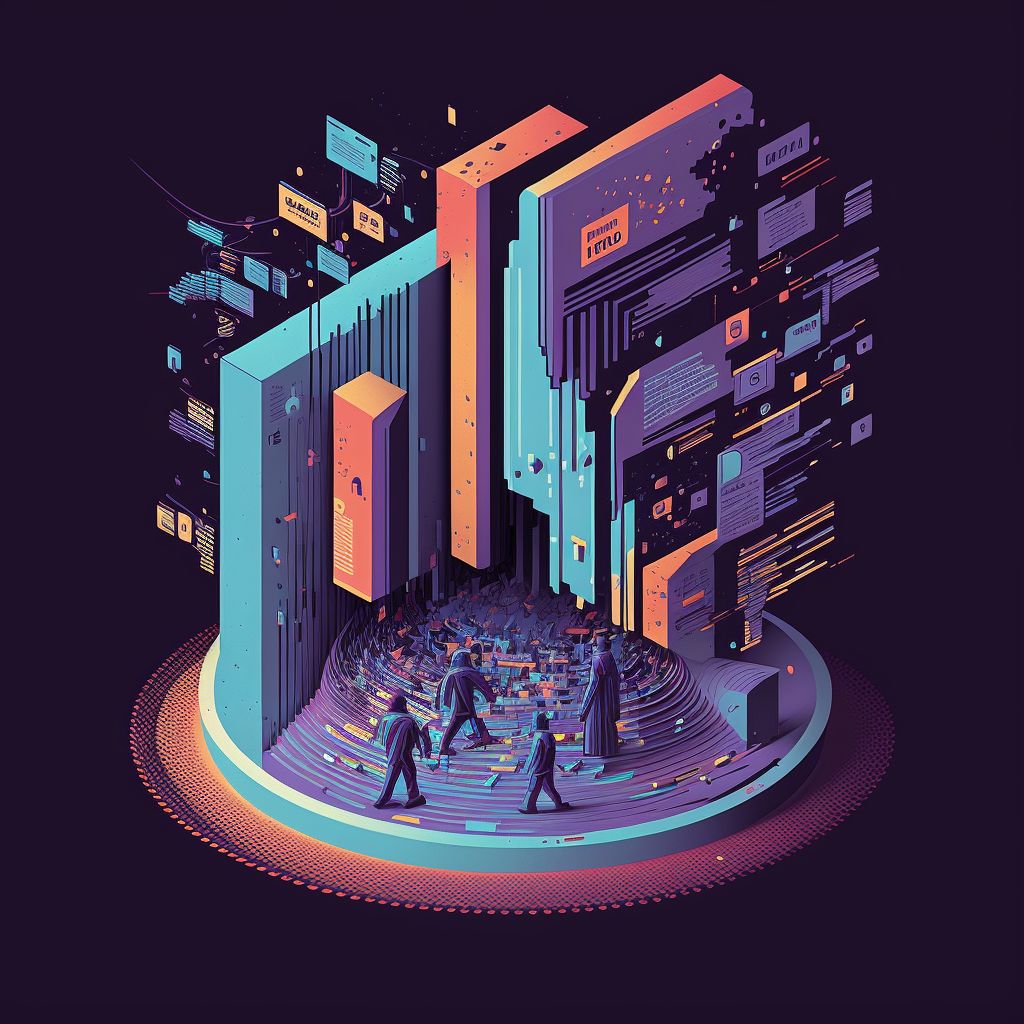In today’s hyper-connected world, customers expect personalized experiences tailored to their needs and preferences. Enter customer journey mapping, an essential tool for understanding your customers’ behavior and optimizing their experiences with your brand. In this comprehensive guide, we’ll explore the ins and outs of customer journey mapping and how it can lead to improved conversions. So, buckle up, and let’s dive in!
What is Customer Journey Mapping?
Customer journey mapping is a visual representation of the various touchpoints and interactions customers have with your brand throughout their buying process. By understanding your customers’ pain points, preferences, and motivations, you can create more personalized experiences, ultimately leading to increased customer satisfaction, loyalty, and conversions.
Why is Customer Journey Mapping Important?
- Enhanced customer understanding : Mapping the customer journey allows you to better understand your target audience, their needs, and their expectations.
- Improved personalization : Armed with this knowledge, you can tailor your messaging, offers, and interactions to meet your customers’ unique needs.
- Streamlined processes : Journey mapping can help you identify bottlenecks and inefficiencies, allowing you to optimize processes and enhance the overall customer experience.
- Increased conversions and customer retention : By delivering personalized experiences, you’ll improve customer satisfaction, encourage repeat business, and ultimately, drive more conversions.

How to Create a Customer Journey Map
- Define your buyer personas : Start by identifying the different types of customers you serve and create detailed profiles or personas for each.
- Identify touchpoints : List all the potential interactions customers have with your brand throughout their buying journey, such as website visits, social media engagement, and customer service calls.
- Map the customer journey : Visualize the path customers take from initial awareness to purchase, and beyond, by plotting touchpoints and interactions along a timeline.
- Analyze pain points and opportunities : Identify areas where customers may experience frustration, as well as opportunities for improvement and personalization.
- Implement improvements and track progress : Use your findings to make data-driven improvements to your customer experience and track the impact of your changes over time.
Best Practices for Customer Journey Mapping
- Involve cross-functional teams: Include representatives from various departments, such as marketing, sales, and customer support, to ensure a comprehensive understanding of the customer journey.
- Keep it simple and visually appealing : Use clear visuals and avoid information overload to ensure your map is easy to understand and digest.
- Validate with real customer data : Use analytics, surveys, and customer feedback to validate your assumptions and fine-tune your map.
- Update your map regularly : As your business evolves and customer behaviors change, make sure to revisit and update your customer journey map accordingly.
- Take a customer-centric approach : Always put the customer at the heart of your journey map, focusing on their needs, emotions, and experiences.
Personalization Techniques for Improved Conversions
- Segmentation : Divide your customer base into smaller groups based on shared characteristics, such as demographics or behavioral patterns.
- Dynamic content : Serve tailored content based on customer preferences, browsing history, and other data points to create a personalized experience.
- Behavior-triggered messaging : Use customer behaviors, such as cart abandonment or browsing specific products, to trigger personalized emails or push notifications.
- Product recommendations : Leverage data and algorithms to suggest relevant products or content based on customer preferences and browsing history.
- Geo-targeting : Customize marketing campaigns, offers, and content based on the customer’s location to deliver a more relevant experience.
- A/B testing and optimization : Continuously test different personalization techniques and make data-driven decisions to optimize your customer experience for improved conversions.

Conclusion
Customer journey mapping is an invaluable tool for creating personalized experiences that resonate with your audience and lead to improved conversions. By understanding your customers’ behavior, pain points, and motivations, you can tailor your marketing efforts to deliver the right message at the right time. Remember to keep your map updated, involve cross-functional teams, and always focus on the customer’s needs. Ready to boost your brand’s online presence and reputation? Request a consultation to improve your digital marketing today!
Call to Action:
Do you want to learn more digital updates and enhance your marketing efforts? Subscribe to our newsletter and stay ahead of the curve!
Don’t forget to visit d-dat.com for more quality and free content!







